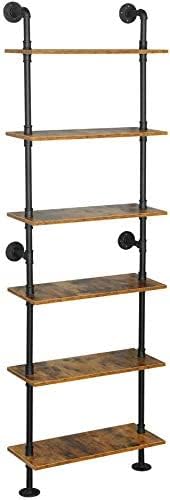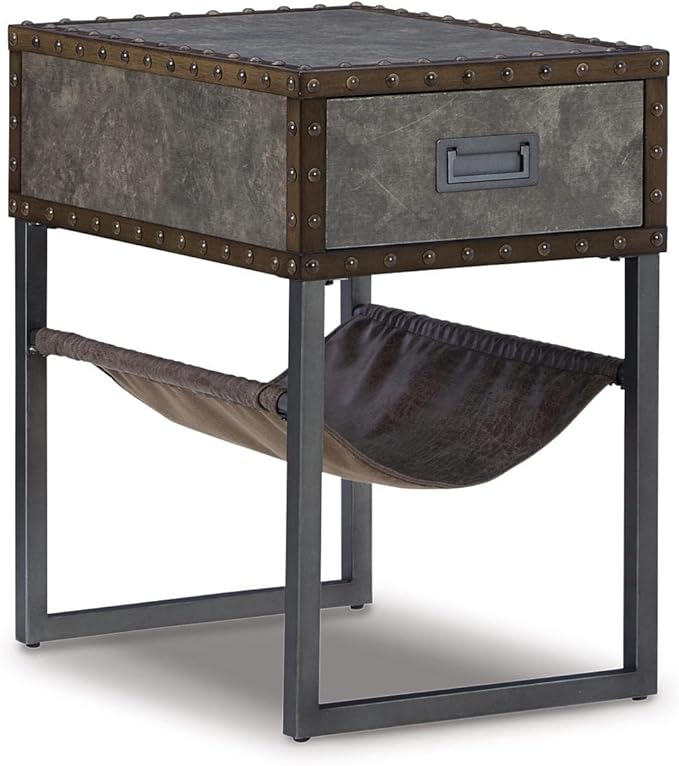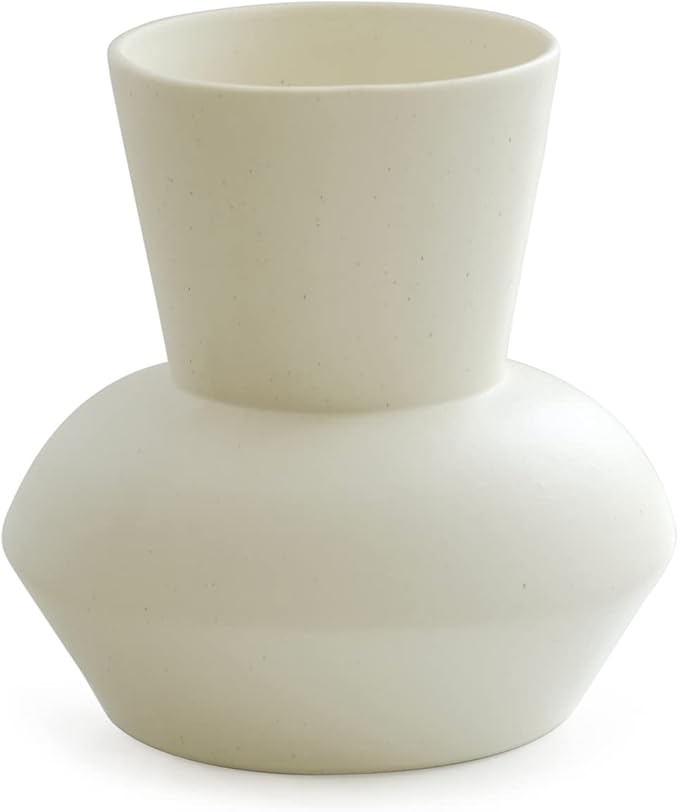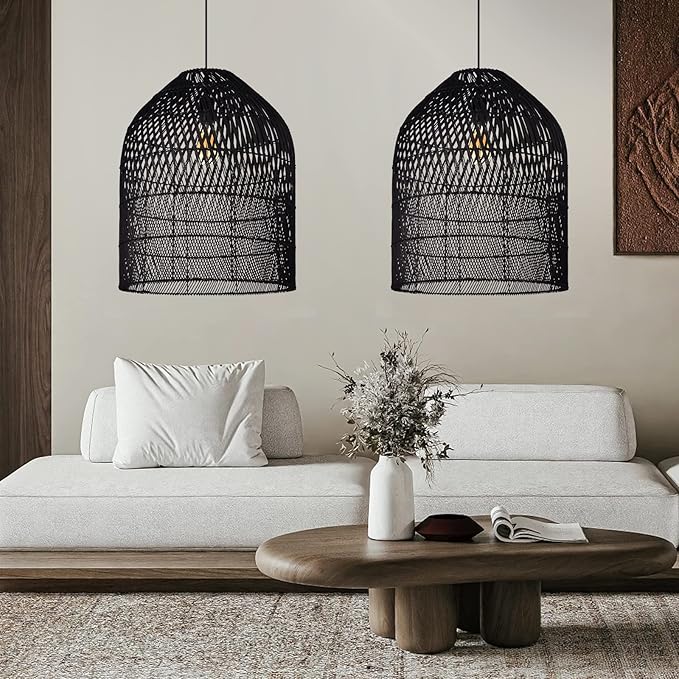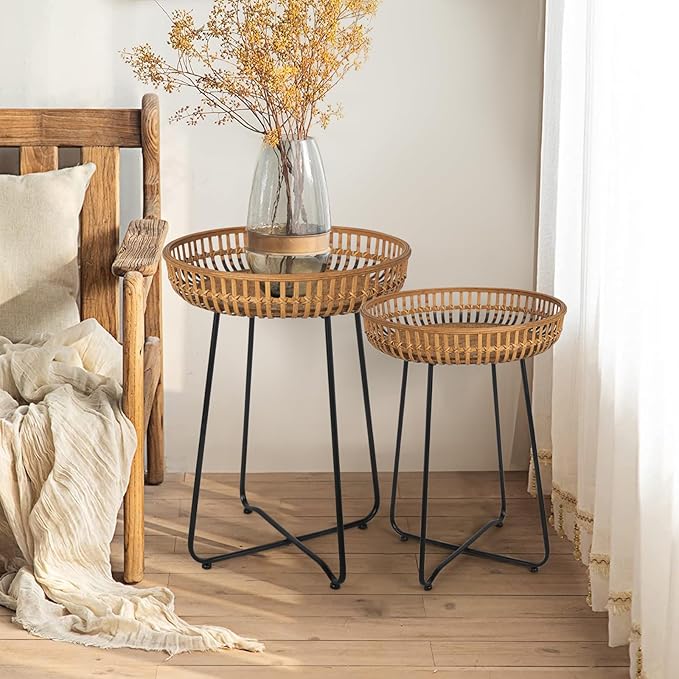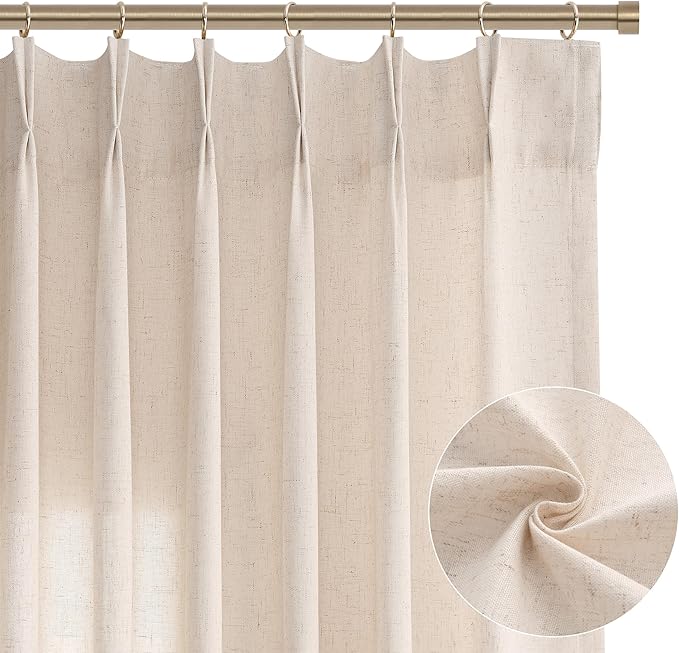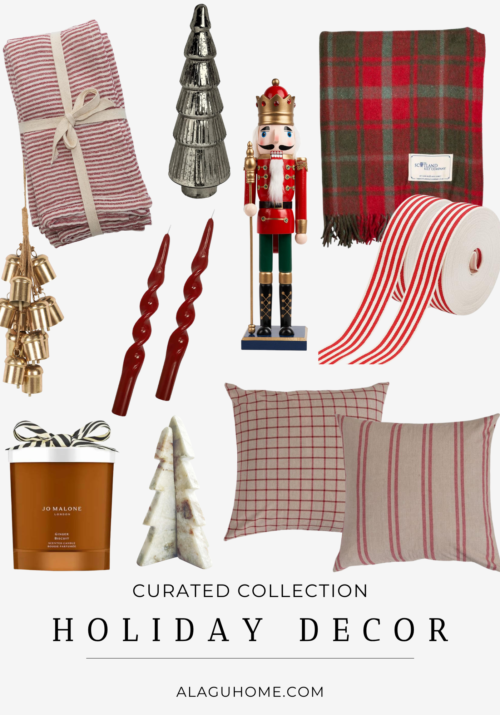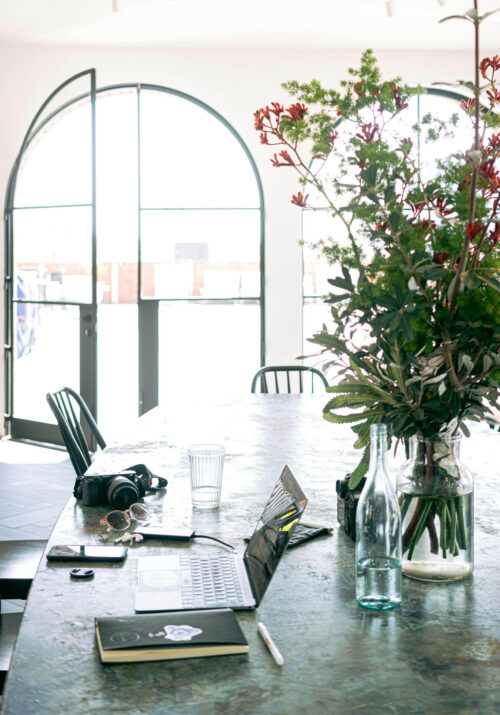In interior design, there’s a fascinating interplay between trends, personal taste, and instinctive inspiration. It’s this blend that often results in the most captivating and unique spaces. Your home should reflect not just what’s in vogue, but also who you are. So, how do you go about to define your design style through instinctive inspiration? Let’s delve into the process.

This post may contain affiliate links, meaning I could earn a small commission if you make a purchase through my link, at no extra cost to you. You can read my full disclosure here. Thank you for supporting Alagu Home!
Understanding Design Styles
Understanding design styles is an essential step in developing your personal aesthetic and creating spaces that reflect your taste and personality. With a plethora of design styles to explore, ranging from timeless classics to contemporary trends, it’s crucial to familiarize yourself with the characteristics and elements that define each style. Here’s a brief overview of some popular design styles to help you get started:
Traditional Design
Timeless elegance and refined details characterize traditional design. This style often features rich wood finishes, luxurious fabrics, and classic furniture silhouettes. Ornate detailing, such as intricate moldings and embellishments, adds a sense of sophistication and heritage to the space.
Modernism
Embracing simplicity and functionality, modernism prioritizes clean lines, minimal ornamentation, and a focus on form and function. Neutral color palettes, sleek surfaces, and open floor plans are common features of modernist design, creating a sense of spaciousness and sophistication.
Mid-Century Modern
Inspired by the design aesthetics of the mid-20th century, mid-century modern design emphasizes organic shapes, geometric patterns, and minimalist forms. Iconic furniture pieces, such as the Eames Lounge Chair and the Barcelona Chair, are often featured alongside natural materials like wood and leather.
Industrial
Drawing inspiration from urban lofts and factory spaces, industrial design celebrates raw materials, exposed structural elements, and utilitarian aesthetics. Exposed brick walls, metal accents, and distressed finishes create an edgy and authentic vibe, while vintage-inspired furniture and industrial lighting add character and charm.
Minimalist
Characterized by simplicity, clarity, and functionality, minimalist design focuses on paring down to the essentials and eliminating excess clutter. Clean lines, neutral colors, and uncluttered spaces create a sense of calm and tranquility, allowing for a greater emphasis on quality materials and thoughtful details.
Bohemian
Bohemian design embraces an eclectic and free-spirited approach to decorating, blending global influences, vibrant colors, and eclectic patterns. Layered textiles, mismatched furniture, and handcrafted accessories create a bohemian oasis filled with personality and charm.
These are just a few examples of the myriad design styles available to explore. As you research and identify which styles resonate with you the most, consider your personal preferences, lifestyle, and the architectural characteristics of your space. Remember that design styles can be mixed and customized to create unique and personalized interiors that reflect your individuality and taste. Take your time to experiment, gather inspiration, and trust your instincts as you embark on your design journey.
Reflecting on Personal Preferences
Your home should be a reflection of your personality and lifestyle. Take a moment to reflect on your preferences. Do you gravitate towards warm, earthy tones or cool, calming hues? Are you drawn to ornate details or clean, minimalist spaces? Consider the activities you enjoy and how you can incorporate them into your design – whether it’s creating a cozy reading nook or a vibrant entertainment area.
Drawing Inspiration from Everyday Life
Inspiration can strike at any moment, often when you least expect it. Pay attention to the world around you – from nature’s intricate patterns to the bustling streets of a vibrant city. Keep a notebook or digital folder handy to capture ideas, whether it’s a color palette that catches your eye or a unique architectural feature. Trust your instincts and let your surroundings inform your design choices.
Embrace the journey to define your design style through instinctive inspiration. Keep reading to learn how to trust your taste and create spaces that truly reflect your personality and aesthetic preferences.

Curate Your Space
Curating your space is a transformative process that allows you to express your personal style and create a home that truly reflects who you are.
Declutter and Create a Blank Canvas
Before you can begin curating your space, it’s essential to declutter and create a blank canvas. Clear out any unnecessary items, organize belongings, and create a sense of openness and clarity in the room. Removing clutter allows you to focus on the design elements that truly matter and provides a fresh starting point for your design journey.
Identify Your Style Preferences
Draw inspiration from the design styles you’ve explored and identified with. Consider elements such as color palettes, furniture styles, textures, and patterns that resonate with you. Whether you’re drawn to the clean lines of modernism, the warmth of traditional design, or the eclectic charm of bohemian style, use your preferences as a guide for curating your space.
Layer Elements Gradually
Once you’ve established your style preferences, begin layering elements gradually to bring your vision to life. Start with foundational pieces such as furniture and rugs, choosing pieces that reflect your chosen aesthetic and provide both comfort and functionality. Then, gradually add decorative accents such as artwork, textiles, and accessories to add depth and personality to the space.
Mix and Match Styles
Don’t be afraid to mix and match different styles to create a space that feels uniquely yours. Experiment with combining modern and vintage pieces, contrasting textures and materials, and incorporating unexpected elements to add visual interest and dimension to your space. Mixing styles allows you to create a curated and eclectic look that reflects your individuality and personal taste.
Pay Attention to Balance and Harmony
As you curate your space, pay attention to balance and harmony to ensure a cohesive and harmonious look. Consider factors such as scale, proportion, and visual weight when arranging furniture and decor. Aim for a balanced distribution of elements throughout the room, creating a sense of symmetry and equilibrium that enhances the overall aesthetic.
Personalize Your Space
Finally, don’t forget to personalize your space with meaningful touches that reflect your personality and lifestyle. Display cherished items such as family photographs, heirlooms, and mementos that tell your story and imbue the space with warmth and character. Incorporate elements that spark joy and evoke positive emotions, creating a space that feels truly personalized and inviting.
By following these steps and trusting your instincts, you can curate a space that not only reflects your style and taste but also provides a comfortable and welcoming environment to call home. Define your design style and remember that curating your space is a journey of self-expression and creativity, so have fun exploring different ideas and experimenting with various elements until you find the perfect balance that resonates with you.
Experimenting with Texture and Color
Texture and color play a pivotal role in defining the ambiance of a room. Experiment with different textures – from plush rugs to sleek metallic accents – to add depth and visual interest. Likewise, don’t shy away from incorporating bold colors or unexpected combinations to inject personality into your space. Trust your instincts and embrace the hues that resonate with you.
Seeking Balance and Harmony
While embracing your instincts is essential, achieving balance and harmony within your design is equally important. Pay attention to scale, proportion, and symmetry to create a cohesive look that feels intentional. Mix statement pieces with understated elements to create visual contrast, and don’t overlook the importance of negative space in allowing your design to breathe.
Final Thoughts
In the journey to define your design style through instinctive inspiration, remember that there are no hard and fast rules. Trust your taste, embrace your instincts, and let your personality shine through in every design decision. Your home should be a reflection of who you are – a sanctuary where you feel comfortable, inspired, and utterly yourself. So, go ahead, explore, experiment, and create a space that truly feels like home.






